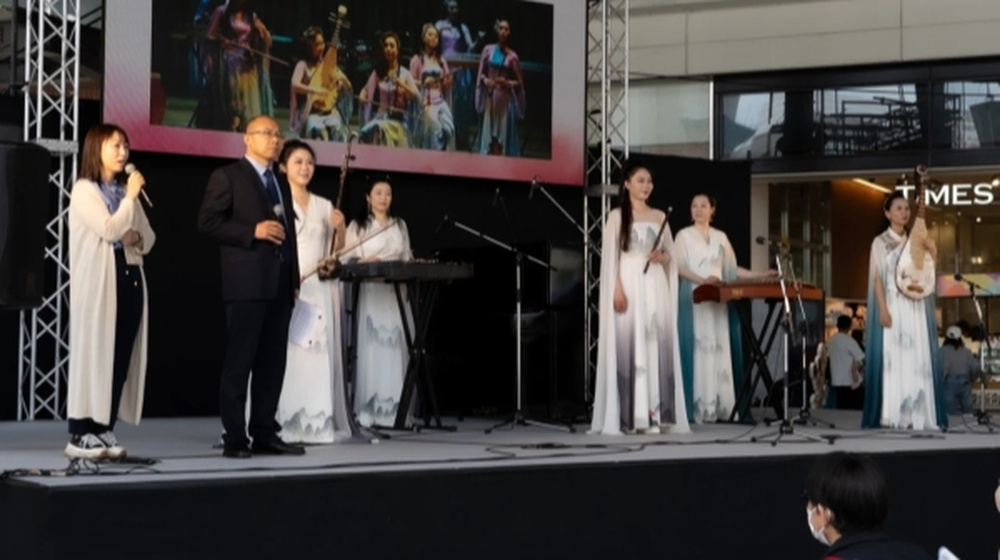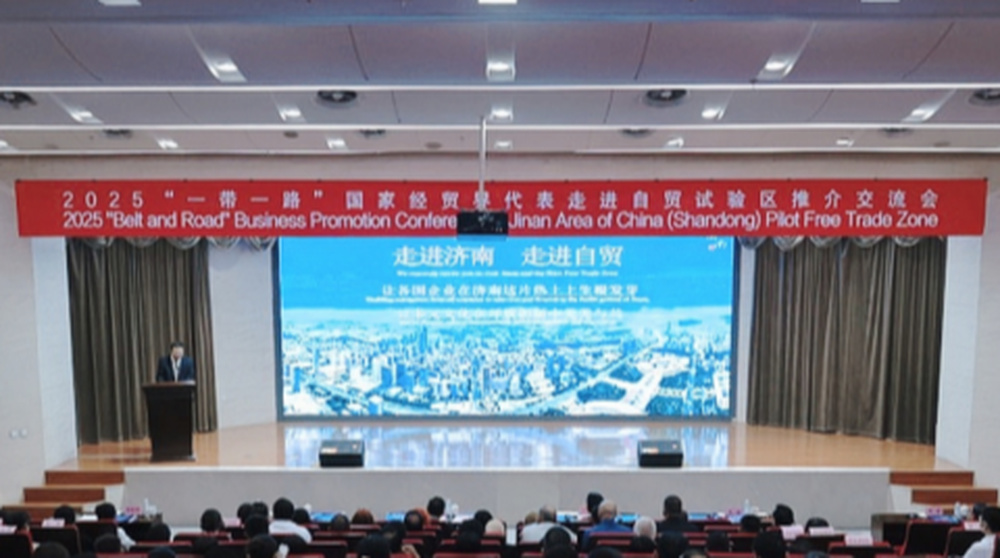Recently, international friends from countries of Pakistan, Syria, Uganda, Nepal, Tanzania, Namibia, Ethiopia and India visited the hawthorn planting base, Hawthorn Love Museum and the processing workshop in Laiwu District, Shandong Province. Amidst the vast expanse of hawthorn trees and modern production lines, they found out the secret of the revitalization of China's rural industries.

Among the more than 200 exhibits displayed in Hawthorn Love Museum, cultural relics such as the hawthorn wood juicer from 1958 and the trademark registration certificate of "Laiwu Hawthorn" in 1983 allowed international friends to touch the transformation trajectory of China's rural industries from traditional workshops to modern enterprises.

A young man from Namibia stopped at the exhibition area of "The Medicinal Value of Hawthorn" and exclaimed, "I didn't expect that this small red fruit could be used as medicine for 1,600 years! The wisdom of the ancient Chinese regarding plants is truly admirable!"
Kiran, from India, held a hawthorn fruit newly developed by the museum and said, "This is the first time I've tasted this fruit. It's incredible that such a small hawthorn can be made into such a diverse range of foods, each with its own distinct flavor. This is truly the perfect blend of nature's bounty and human ingenuity."

This activity not only enabled international friends to witness the vigorous vitality of the upgrading of China's rural industries. Moreover, taking the hawthorn as a link, it demonstrated the innovative practice of Laiwu District in integrating agriculture, culture and tourism and connecting industry, education and research.
编辑:曹晓旭








